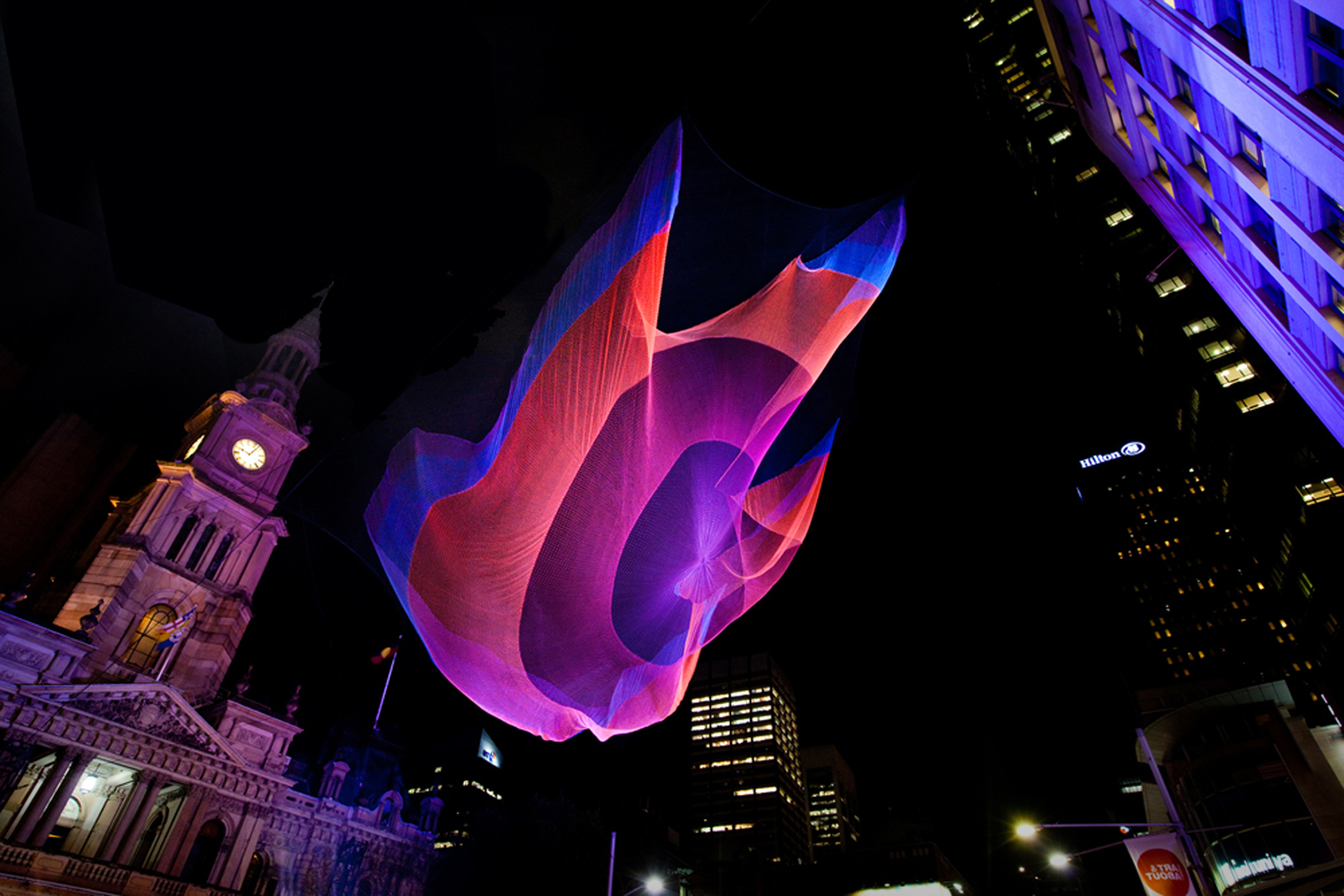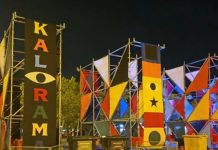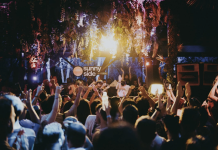Lumiere light festival will make its first foray into London from January 14 – 17 2016. The free-to-attend event is produced by Artichoke and supported by the Mayor of London and VisitLondon.com, with founding support from Bloomberg Philanthropies, Heart of London Business Alliance and King’s Cross, and additional support from a raft partners and sponsors.
Lumiere London will be the first major light festival in the city, an event to rival international festivals such as Vivid Sydney, Berlin’s Festival of Lights and Fête de Lumières in Lyon. It will take place over four evenings across more than 20 landmark locations in London’s West End and King’s Cross.
Festival Insights interviewed Helen Marriage, Artichoke’s Director, about the origins of Lumiere, its impending London event, and its guiding principles.
Festival Insights: The Lumiere concept extends back to 2009, if I’m not mistaken. What spawned the original idea, and how has it developed over the years into its current state?
Helen Marriage: It began as a small one-off in 2009, when Durham invited us to create an event as part of their bid to be the first UK City of Culture. While they didn’t win that accolade, the festival was such a success that Durham County Council invited us back and it’s become a biennial event, the biggest light festival in the UK. In 2009, around 75,000 people attended that first year. In November 2015 we estimated around 200,000 visitors came to the festival over those four nights. It’s an extraordinary thing, and working is Durham is so wonderful. They have allowed us to create something amazing.
FI: From January 14 – 17, Lumiere will take its first foray into the capital. What led to the decision to venture into London, and did the city present any new logistical challenges?
HM: We were invited by the Mayor of London to create a Lumiere festival for the capital. The sheer size and scale of London makes this a different proposition, as do the multiple agencies involved. But the ambition is the same. Leading international artists working with light will engage with the urban landscape and architecture to create a place where strange and wonderful things happen.
FI: How does Lumiere London compare with its predecessors in terms of scope and the content on offer?
HM: The footprint is larger and inevitably things are more spread out.The programme will consist of around 30 installations by artists from across the world all working with many forms of light to transform our public spaces, using London’s buildings as their canvas, and our streets as their auditorium.
We’ve worked with many of the artists before. Most of the work is either newly commissioned, or is being remade for the London context. Because of the monumental scale of things, there are some very large and complex pieces. But I have mixed these with smaller quieter works where they will have an impact like Benedetto Bufalino’s fish-filled telephone box on Grosvenor Hill and Beth J Ross’s lovely installations of handwritten medieval proverbs rendered in neon on the North and South entrances of the Piccadilly Arcade.
FI: Do you think a Lumiere event could take place in a greenfield site, or is the repurposing of existing spaces an integral part of the festival’s appeal?
HM: The festival is really about reclaiming the urban space and returning it to pedestrians for a while. Artists are invited to engage with and respond to the architecture and landscape of the city.
FI: As the event is free-to-attend, without proper precautions there is the risk of overcrowding. Are you working with any specialists or taking extra precautions to ensure this doesn’t happen?
HM: We always work with specialists in this area, and this event has been planned carefully over the last 18 months with all the relevant agencies involved. The audiences for Lumiere in Durham increase with each festival and we’re expecting Lumiere London to be equally busy. But the city layout is different, we’re not dealing with narrow medieval streets, and key areas will be pedestrianised, so we don’t envisage any issues.
FI: Could you tell us a little about Lumiere London’s installations, and what the programming process is like for these events?
HM: I do a lot of research, online and endlessly travelling to festivals. Some of the ideas come from that, seeing things I like, sometimes we invite artists to show work commissioned by other festivals. So for example, Lumineoles, a beautiful and ethereal series of floating sculptures by the French company Porte par le Vent, was originally commissioned by the Fete de Lumieres in Lyons. I was familiar with Portuguese company Ocubo’s work. They create narratives and film local people who are then transposed into these animations that are projected onto the facades of huge buildings. This is the second time we’ve commissioned them. Circus of Light – a wonderfully anarchic story -will be projected across the whole Granary building at King’s Cross. Sometimes artists come to us to suggest work.
FI: With countless music festivals occurring across the country – many of which lacking an obvious USP – do you think that the average festivalgoer is looking for more novel, non music-related events to attend?
HM: I think people are looking for magic, to experience something that stays with them for ever. There’s something special about seeing places you are so familiar with transformed. It makes you look at the world with new eyes and allows you to re-imagine the world. The scale of the works, the people they will attract, the pedestrianisation of the city, all that will feed into the feeling that something different and unusual is happening.
FI: Is there anything else that Artichoke are up to this year that we should know about?
HM: Ah, that would be telling, but definitely watch this space!





